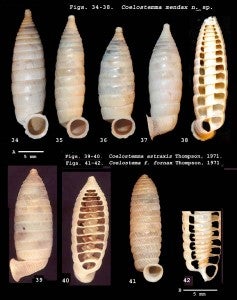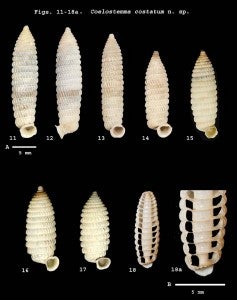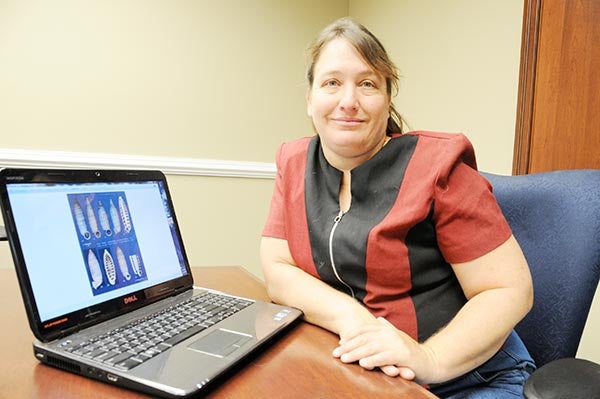Local scientist finds new species
Published 5:55 pm Friday, November 25, 2011
Dr. Elizabeth Mihalcik’s idea of “buried treasure” might be a little unusual.
Mihalcik, a freelance researcher who lives in Decatur County, will have an article published next month in an international journal of “malacology,” which is the study of mollusks. Mollusks are a large phylum (group) of animals that includes snails and slugs, many of which dwell in the dirt.
The article will detail several findings that Mihalcik made with her colleague, Fred G. Thompson, the curator of mollusks at the Florida Museum of Natural History at the University of Florida. During a trip to Mexico in 2003, the pair completed extensive research that ultimately included the discovery of six previously undiscovered species of desert land snails.
“These species are endemic to the sides of mountains,” said Mihalcik, who helped discover the new species in the Mexican desert states of San Luis Potosí, Zacatecas, Coahuilla, Durango and Chihuahua. “This group has likely been around since the Jurassic Period.”
 Mihalcik, who has previously served as a member of the Bainbridge College faculty, said most of the snails that she researches are between five to six millimeters (about 1/5 of an inch) in length and three millimeters (about 1/10 of an inch) in width. Although the snails may look similar to the naked eye, there are minute differences that allow the animals to be classified into different species.
Mihalcik, who has previously served as a member of the Bainbridge College faculty, said most of the snails that she researches are between five to six millimeters (about 1/5 of an inch) in length and three millimeters (about 1/10 of an inch) in width. Although the snails may look similar to the naked eye, there are minute differences that allow the animals to be classified into different species.
“Some of them have different external features, while other differences are internal,” she said.
Although the initial specimens were collected years ago, it took a long time for the scientific community to determine whether the animals are actually new species or not. Mihalcik explained that her team had to first prove that their snails were not already included in an already-discovered species.
“You have to do a lot of research in journals and request specimens from museums,” she said. “It’s our job to prove that these snails haven’t already been previously named under a different identification and then catalogued. Then after we write up our findings, they still have to be submitted to an editorial board for review.”
Thompson and Mihalcik’s research will be published this December in the German publication, Archiv für Molluskenkunde. The title of the paper is “Land Snails of the Family Holospiridae from Northern Mexico,” and the six new species described were given the following scientific names: Coelostemma (Coelostemma) gracile, Coelostemma (Coelostemma) cordylum, Coelostemma (Coelostemma) costatum, Coelostemma (Apertaxis) salpinx, Coelostemma (Goniapex) scabrum and Coelostemma (Goniapex) mendax.
Although the scientific names are always in Latin or Greek, their translations are actually quite useful in differentiating species. For example, “mendax” is Latin for “not truthful” and “salpinx” is Latin for a trumpet-like instrument, describing the shape of a structure on the snail’s body.
 Mihalcik said the scientists who discover new species get the opportunity to give them their scientific names. She said most scientists do not name them after themselves, but there are exceptions.
Mihalcik said the scientists who discover new species get the opportunity to give them their scientific names. She said most scientists do not name them after themselves, but there are exceptions.
“I have a colleague who named one species he discovered after me,” she said. “I’ve named a few after my dogs. I had one dog named ‘Annie,’ and the Latin ‘Anniei’ became the species name of one snail we discovered. I have a colleague who named one snail after his wife — I’m not sure if she was flattered or not, though.”
Mihalcik estimated that she has discovered “about 20” different species in her biological career. She has been around the world in her research, including locations like Costa Rica, The Bahamas and Dominica.
“I’ve always had an attraction to finding small things that other people might miss,” she said. “Even when I was a little girl, I would be out digging in the dirt and discovering things. It’s funny, because I was the only biologist in my immediate family — most of them wouldn’t even go camping.”






